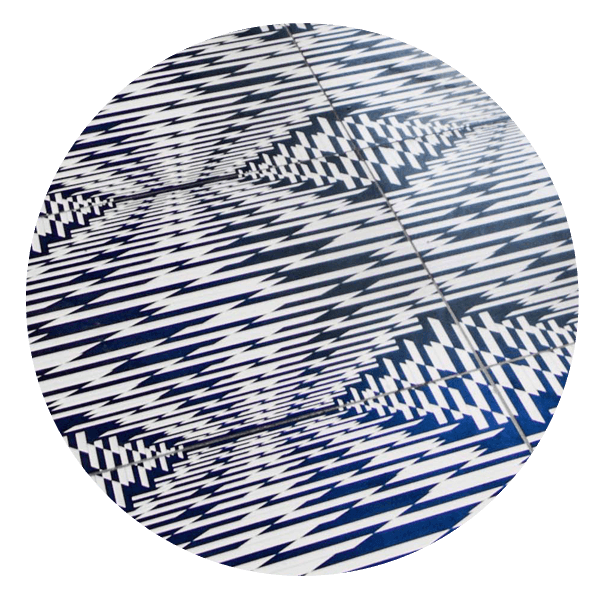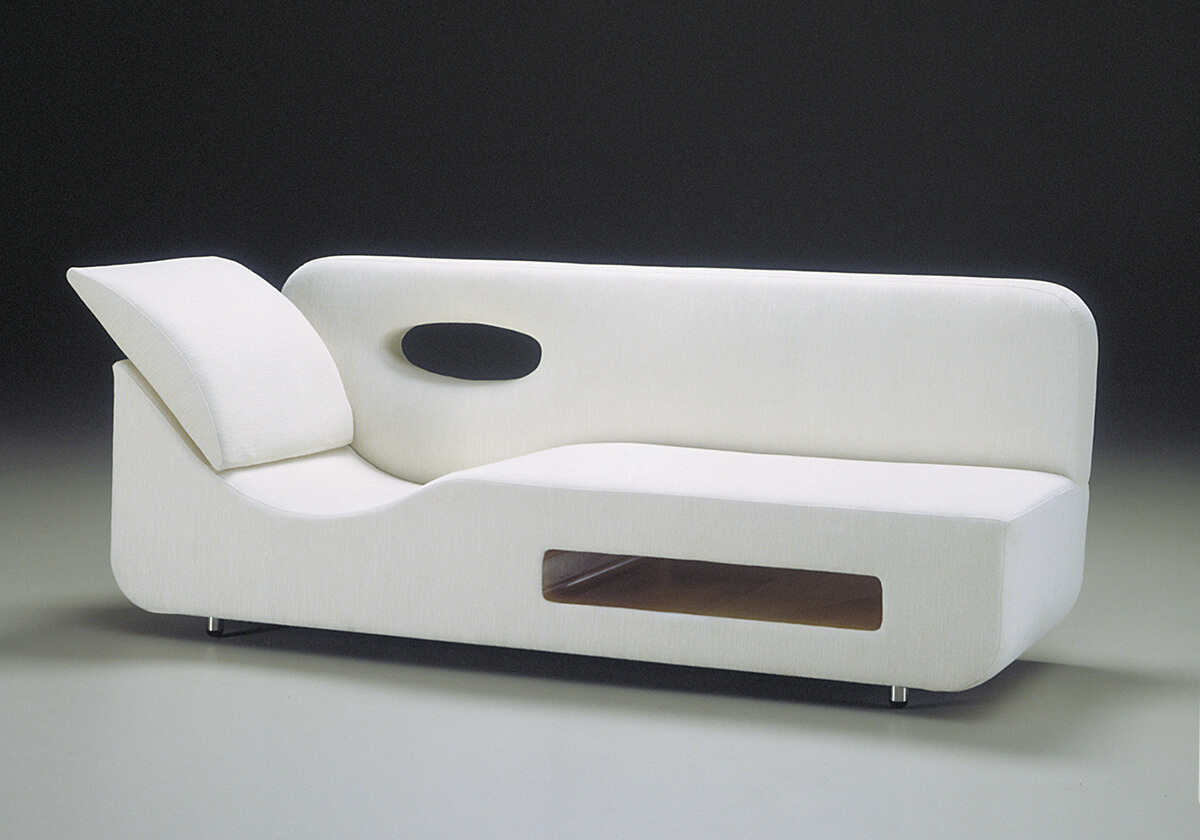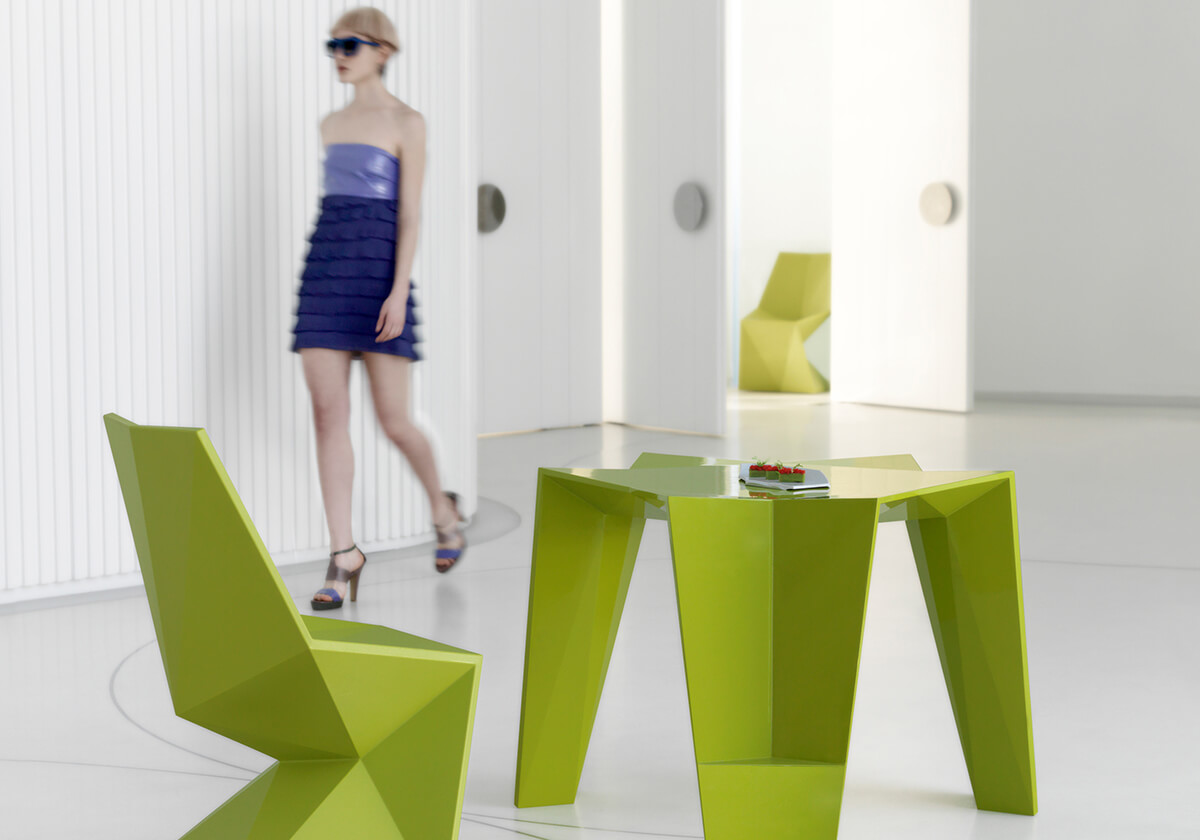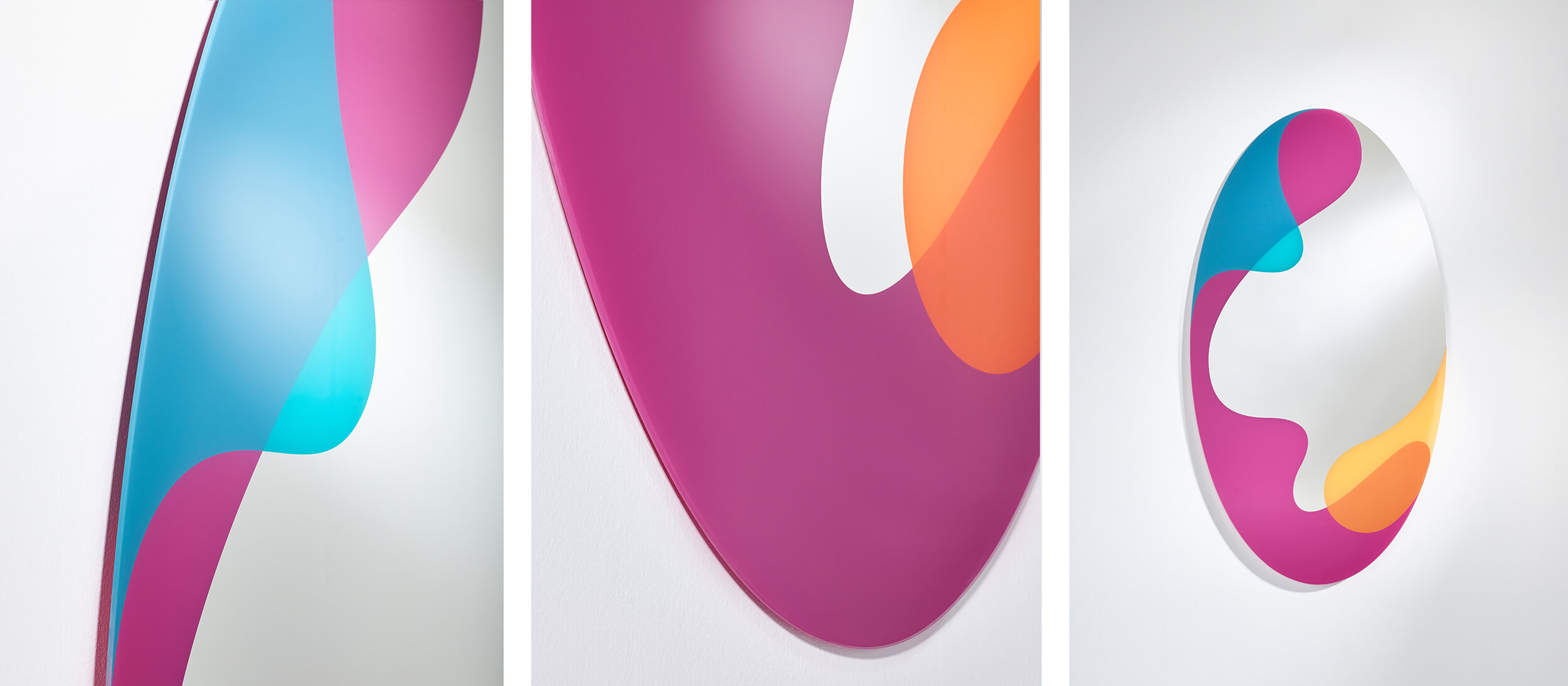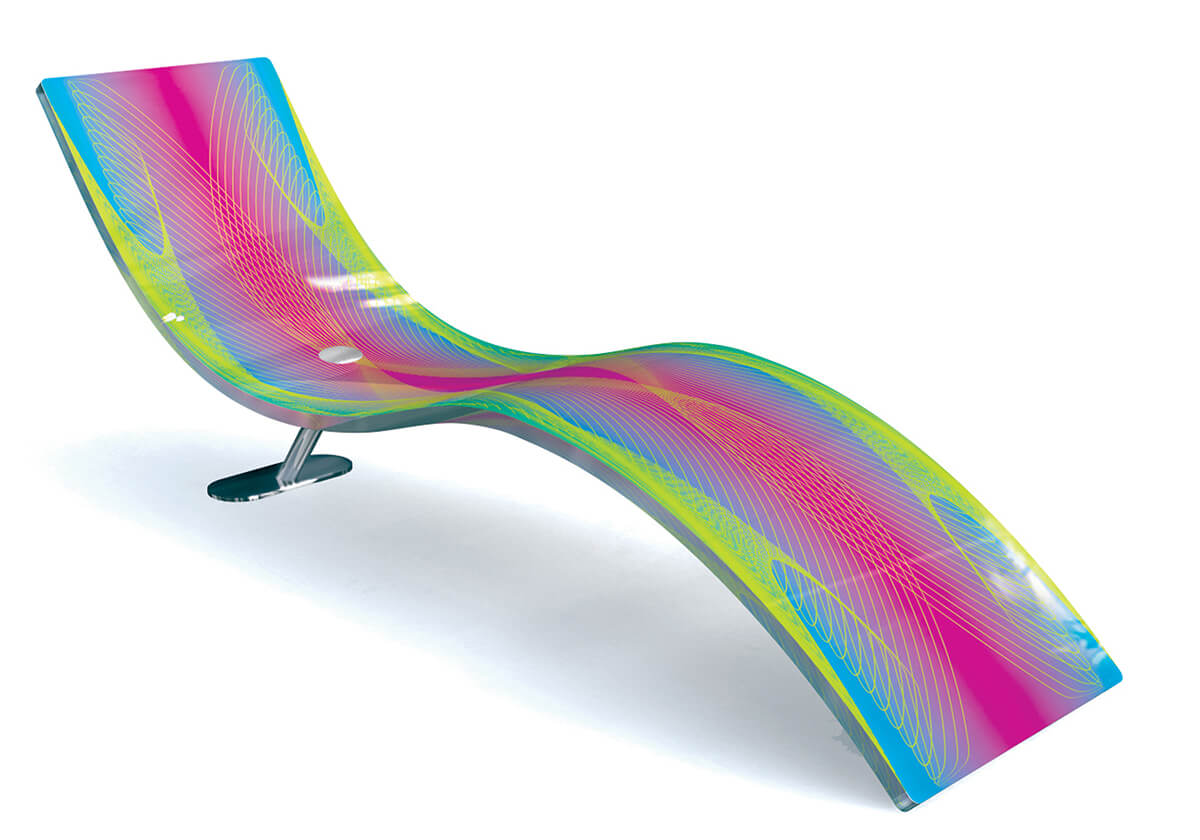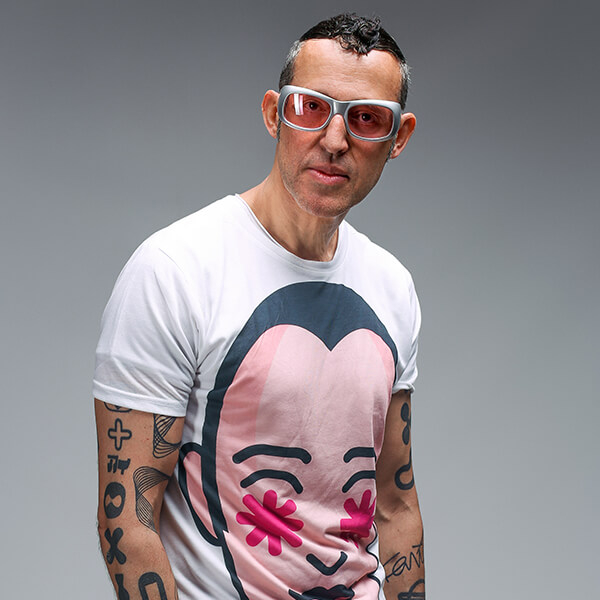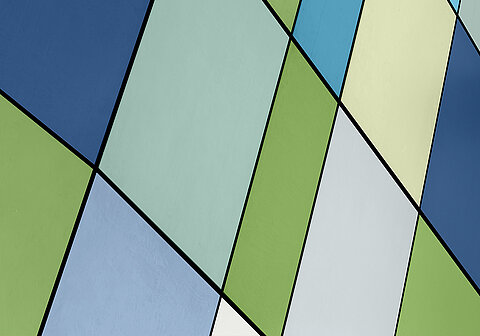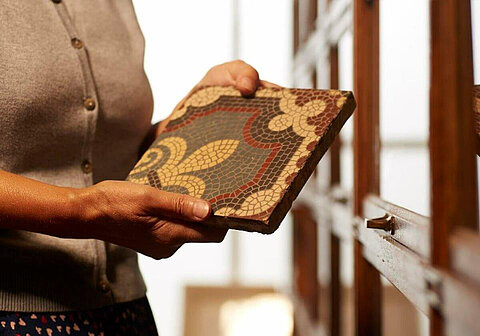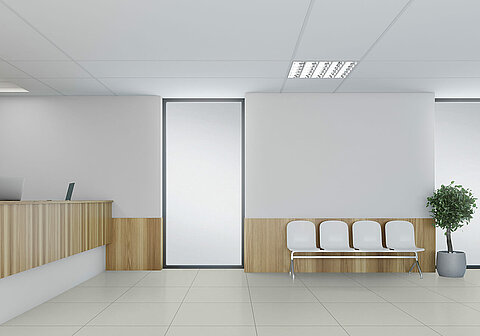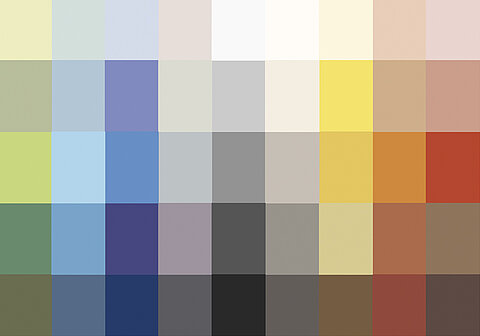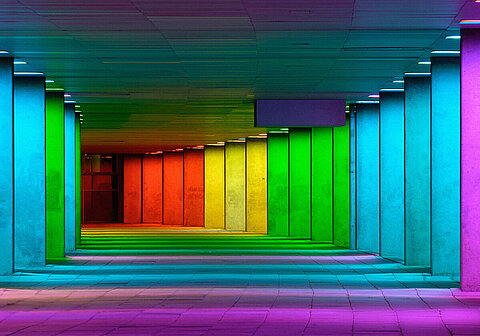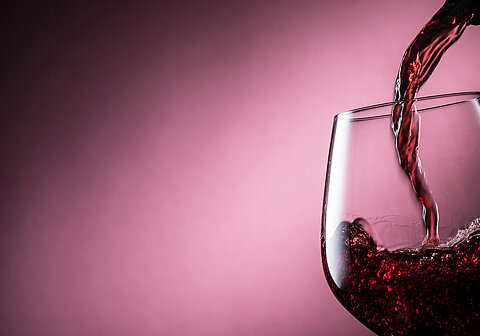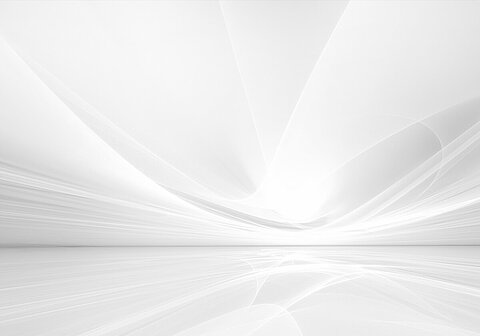There is practically no object – whether dustbins, watches, furniture and even entire interiors – that lies beyond the creativity of Karim Rashid. Born in Cairo and raised in Canada, the designer studied industrial design at Carleton University in Ottawa. His Bachelor’s degree was followed by post-graduate studies with none other than Ettore Sottsass – before he set out on his successful international career based in New York, with designs for clients from all over the world.
How do you decide what to design next? Does this depend exclusively on your clients?
It is a combination of both. I am lucky to have so many fantastic clients reach out to me for collaboration. But when I find a company that makes a beautiful product, or has an interesting technology or vision, I will approach them. I always found myself having more ideas than the number of companies I am working for and / or there are objects I am interested in designing but have never been approached by a brand. I perpetually observe and analyze and dissect everything around me in our built environments and always see new opportunities.
Combining quirky, often organic shapes and particularly strong colours is something like your trademark. What attracts you to this combination?
My designs are a manifestation of my soul, like a composer creating music. I am super passionate, hyper driven, consumed by the need to produce and disseminate beauty and keep creating. But although I am associated with strong colors and organic forms, I don’t design by form first. I ‘inform’ form. That means I focus on all the contemporary criteria at hand and respond and solve those issues. Hence my work has natural materials, monochromatic pallets, hard edges, and a plethora of diverse materials, depending on client’s brand, production process, material, technology, and the human experience I am addressing.
Do your clients give you free rein where the language of form and colour is concerned?
Some clients do. If not, free reign I try to propose work that will push a client's boundaries and capabilities. I work with the strengths of the client - if they work with glass, fiberglass, wood, rotomolding, injection molding because these are the cultures of the company and design is about this collaboration. Art is a selfish act; design is a more selfless one. If you work with a company then the expectation is a marriage of my brand, vision, and ideas, with their company culture. Generally, companies I work with have a very similar philosophy and this is when the outcome really works well. It is a myth that designers have an idea, and a company produces it, the real work is this collaborative merging of minds, vision, and ideology and lots of work.
Have you ever turned down a commission?
Yes, absolutely! It took me many years to learn that the only time a collaboration works is when you have the right relationship and relationships are everything in life, love, business, friendship, and support. I also turned down designing a gun, and several other projects that don’t agree with my ethics and principles. You evidently take great pleasure in designing spaces for restaurants and hotels.
What creates this appeal for you?
When you design a hotel or a restaurant the human experience is immersive. When you design a product, it has a singular experience. Space design deals with a plethora of diverse experiences. If I design a holistic space, I can touch many people emotionally, functionally, aesthetically, behaviorally. I try to inject a positive spirit and beauty into the design world, which is to say your world and the world of those who consume my products or immerse themselves in my environments.
Bad design stresses people, you say. But who defines good and bad here? Can aesthetic needs and preferences be generalised to a certain extent?
My enduring philosophy is that anything we touch, enjoy, or engage should give us a better experience. I was educated with the philosophy of Universal design – a good object or furniture or space should work for an 8-year-old and an 80year-old. The big challenge of design is to create something that, although accessible to all consumers, touches people’s lives and gives them some sense of an elevated experience and pleasure and is original. A bit more pleasurable. A bit more positive. In other words, it makes your life feel better. I think there needs to be some sort of engagement - be it visual engagement or aesthetic function - that you enjoy that just makes life better.
Economic considerations are extremely important to you: Sustainability, and timelessly beautiful design that is affordable at the same time, are ideas close to your heart. How did this come about?
Poetic design has evolved on a plethora of complex criteria - human experience; social, global, economic, and political issues; physical and mental interaction, form, vision, and a rigorous understanding of contemporary culture. However, manufacturing is based on another collective group of criteria: capital investment, market share, production ease, dissemination, growth, distribution, maintenance and service, performance, quality, ecological issues, and sustainability. The combination of all these components has come to shape our interiors, inform our aesthetic, our physical culture, and our human experiences. These issues shape the business and shape a product - its identity, its brand, and its value.
To what extent do colours determine the sense of a space? Can you use a colour scheme to influence the emotions of visitors to a room? You are in charge of the entire design at prizeotel Hamburg St. Pauli and Hamburg City, where you promptly unleash a true rush of colour. What do the guests say about this?
There is a reason I have designed so many successful hotels! Guests feel invigorated and excited and positive. It is always my goal to design an intimate hotel that focuses on positive energy, heightened experiences, culture, design, and art. Prizeotels are a place for new contemporary experiences - to enjoy, relax, work, an experience that is memorable. The spaces are conceptual and include art, ideas, technology, visuals, and textures colors, and all the needs that are intrinsic to travelling. I remember a story of a middle-aged businessman who checked in NHOW berlin. He wanted a grey room (there are 3 room types – grey, blue, and pink) but they were sold-out, so he reluctantly stayed in the pink room. He wasn’t happy. I met him accidently in the lobby on check out and he told me it was the most beautiful room and hotel experience he ever had. That meant everything to me to hear those words.
Room staging in every detail
Each hotel of the Prizeotel Group follows its own design language in a completely new color and interior design. The interior of the Hamburg St. Pauli and Hamburg City hotels was designed by star designer Karim Rashid. In order to transfer the designer's signature to all areas, the company V&B Fliesen was commissioned with the development of individual wall and floor tiles: the unique pieces, specially designed for the two houses, give each room its own unique look and at the same time offer all the advantages of a robust and easy-care covering.
In addition to glass and plastic, you also made use of ceramics here. For your clients at the prizeotel Group, you designed rooms in a blend of materials that breaks with all of the conventions typical for hotels. You selected tiles for the floors and walls: Tiles in three-dimensional forms as a one-off work, designed exclusively for this use in the hotel. How did this decision come about?
I love ceramic tiles and have designed original tiles and specified tiles for hundreds of projects in the last 30 years. I always believe that it is imperative to have a singular experience that it is not seen anywhere else in the world, so even with a tight budget (Prizeotels are budget hotels) I still try and imbue something original in each hotel. I’ve experimented with color, layering and interesting patterning with many tile brands. I want to challenge the boundaries of design, to bring a fulgent vibrancy to my spaces and I can do that with the beauty of ceramic tiles and patterns. Besides just decorating surfaces I am designing the surfaces I try to add new function and aesthetics. Even with flat surfaces ornamentation can provide dimension, texture, pattern, depth, and spirit - It is a way to embrace space, to create complimentary conditions, to move the eye and break up surfaces, to bring illusion or entropy, to embellish and give richness to surfaces, materials and objects. Though I do love 3D tiles and would love to design some more, particularly for use in the many interiors I'm working on today.
Along with the design possibilities and the creative use of colour, did the hygiene properties and robustness of the ceramic material play a role here as well?
Yes, I think we need to make more of an effort to use hygienic materials like ceramics. In publiuc spaces it is crucial. I am designing a hospital now and this rigor is essential. Casualism has shaped our spaces so the virtual and physical blur, where luxury is ease, where new comforts prevail. In the kitchen I want a clean space to focus my senses on preparing, eating, smelling food. In a kitchen all products should be hidden and hygienic. Same for the bathroom. I think the trend in the bathrooms will move toward super clean, but it also e soft, geometric but rounded, no corners, no discomfort, technological yet essential, simple yet engaging.
In conclusion, if you would permit a basic and very personal question: Where do you draw your inspiration where colours are concerned?
At this point I don’t know where I draw my inspiration from. It is intuitive. But then again, intuition is based on all ones experiences and knowledge over the years. I have been attracted to colors since I was a child. It is inherent to me. I can remember the countless objects I had in my bedroom that played a formative role in my life. They were all brightly colored plastic, not necessarily pink. I treasured an orange oversized alarm clock radio by Howard Miller, a light blue plastic desk fan by Braun, a white plastic Claritone stereo, a Artemide plastic warm yellow mushroom lamp, a plastic white bed, a pink plastic chess table that disassembled for storage. Being so inspired by the plastic amorphous products in my life at the age of 12 I painted my bedroom canary yellow, fire orange, hot pink, and white stripes to match. I distinctly remember the bright turquoise vinyl cube ottoman in our living room complimenting the slick olive glossy colored modern floating fireplace - all this furniture juxtaposed the plethora of Danish 60’s wood furniture in our house.
Which colours can one definitely not combine with one another?
There are no rules. Use color to express yourself. Don’t be afraid of that bright orange chair. Paint your wall lime-green. Colored glass looks great in bathrooms. Be brave when it comes to carpets, countertops, and tables. Color is beautiful and it’s all about self-expression. Be yourself.
Do you have a favourite colour?
I love pink and techno colors- colors that have a vibrancy and energy of our digital world. But I love these colors in contrast to white or black. There are really millions of colors so it is ridiculous in this life to have a single favorite of anything- favorite song, favorite book. The beauty of this farrago in life is the broad diversity and choice of everything. I love color and I am not afraid of it – I use it in a painterly way as a way of driving emotion though our physical object’s our spaces, to expression motivate, to inspire, and question, to challenge, and touch or evanescent public memory. But I will say have also created a lot of white and black objects too. Color needs to be used in a sensitive, responsible way and then it can change our lives for the better.


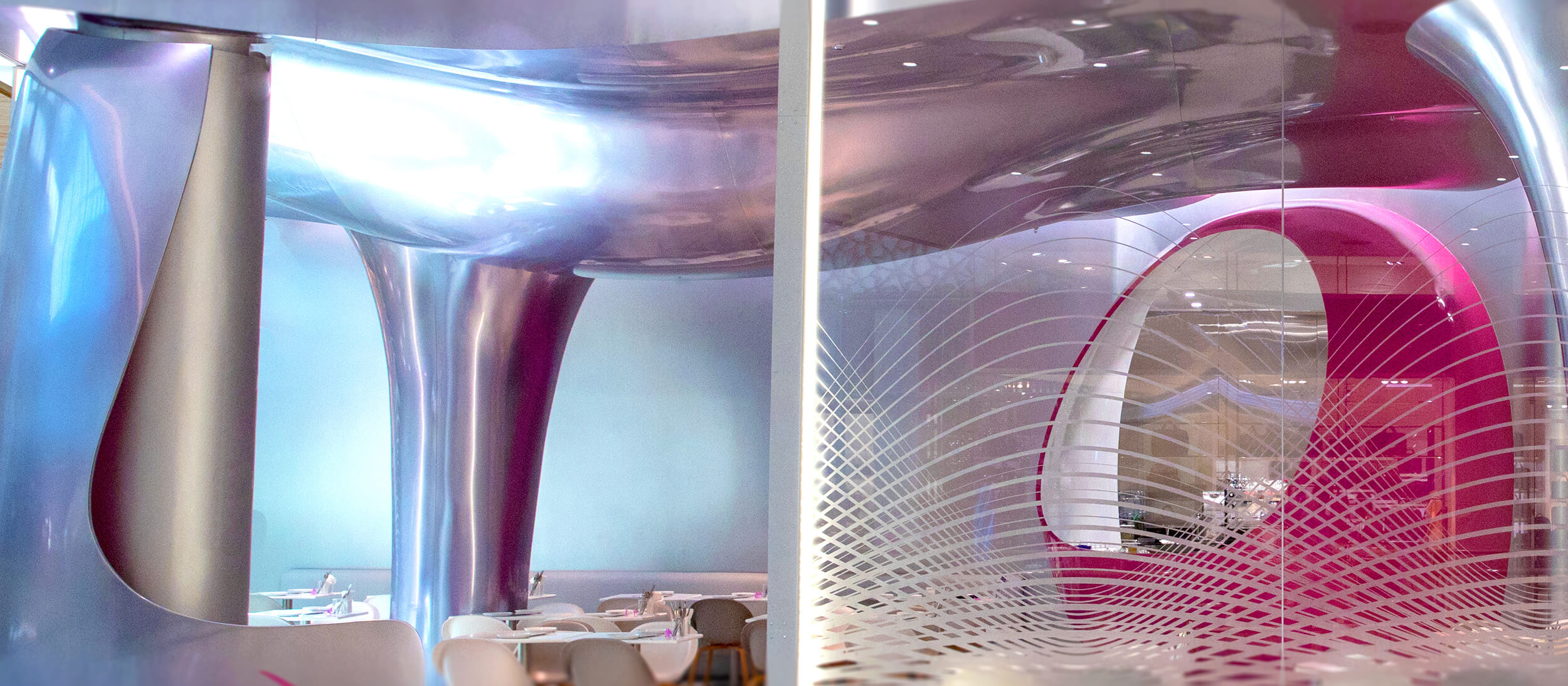
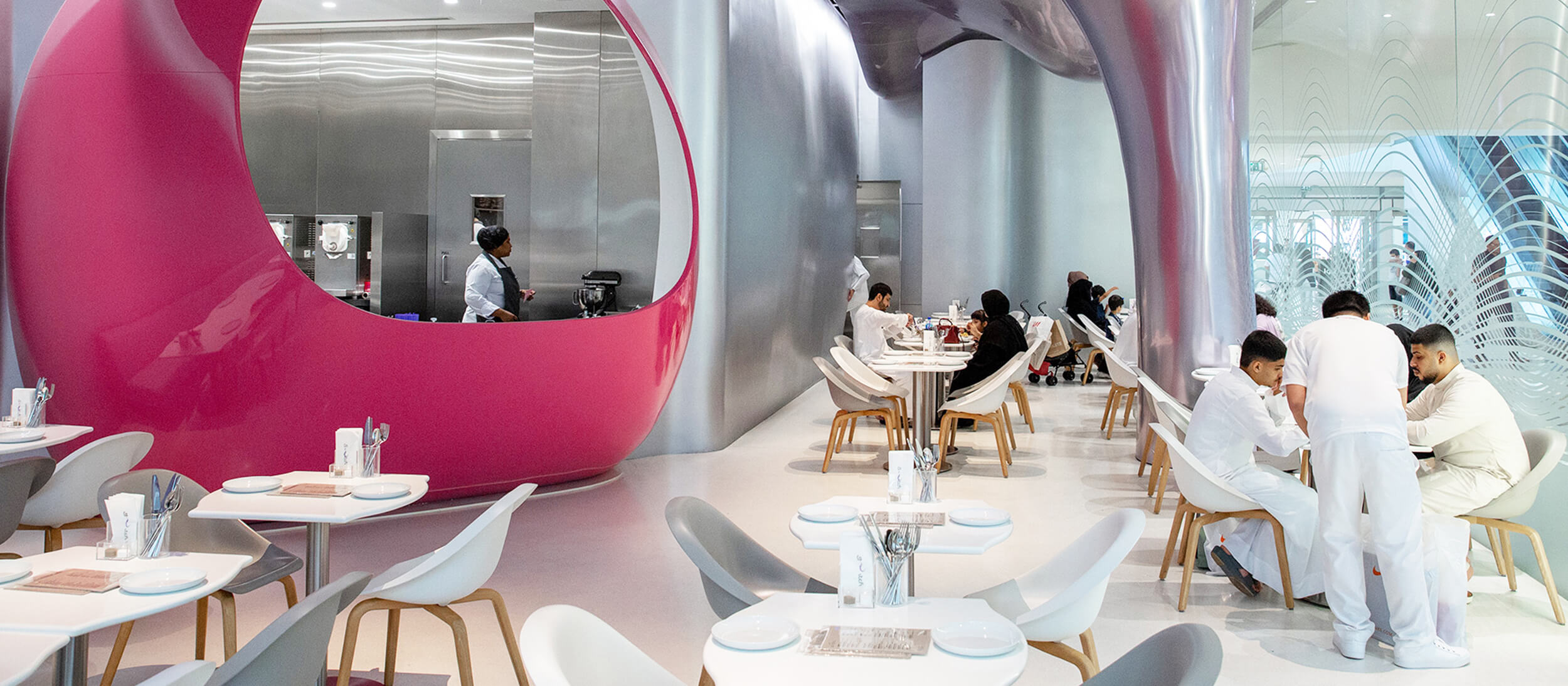
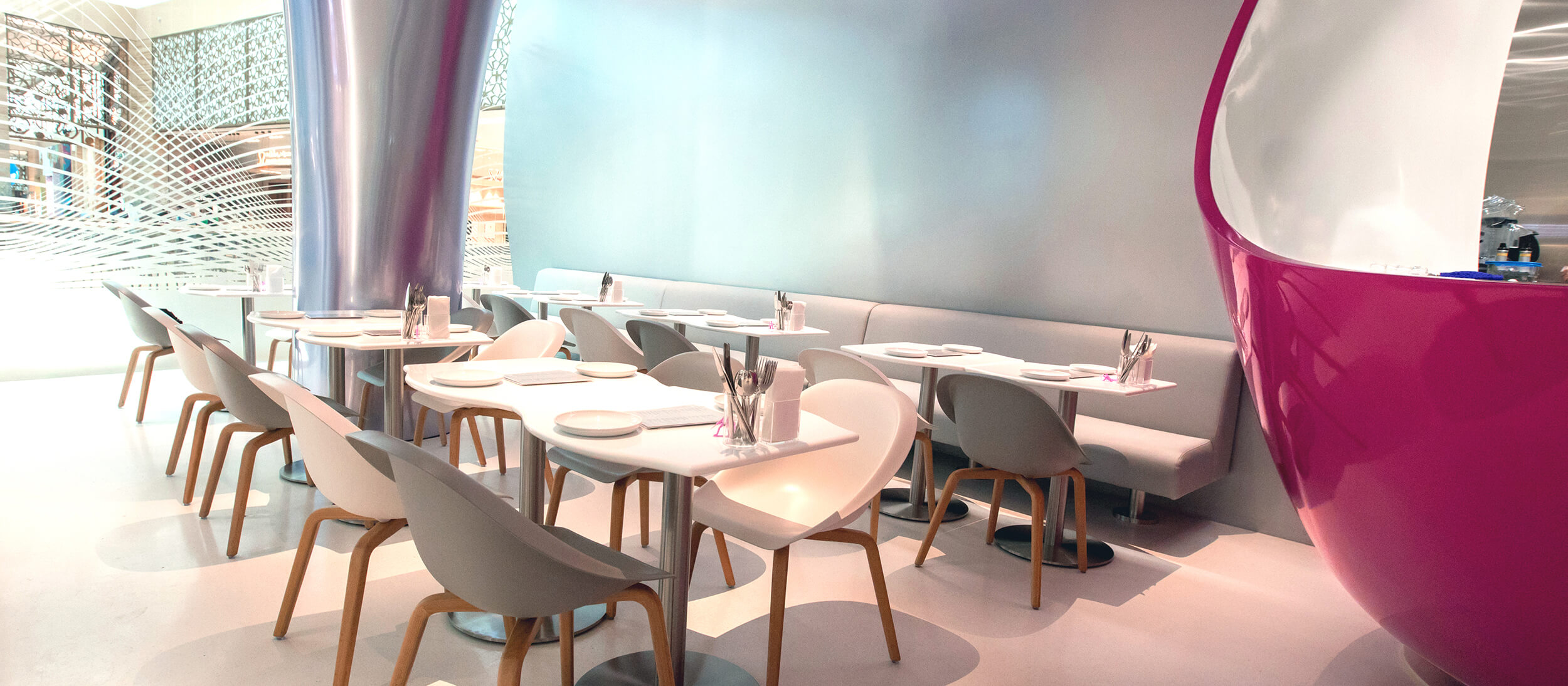
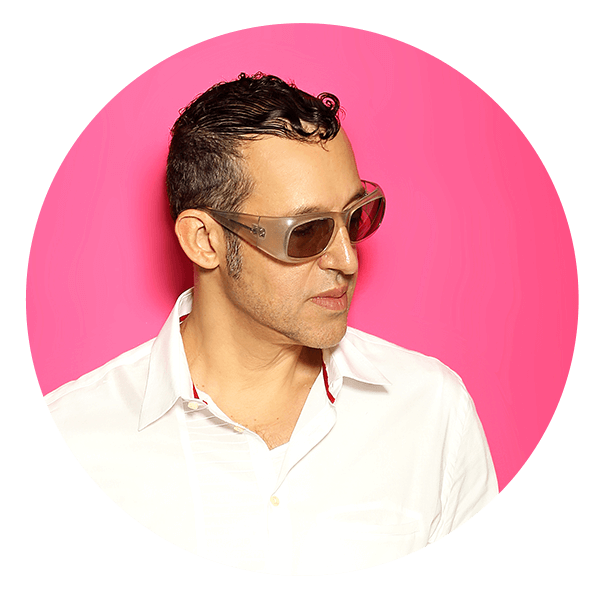
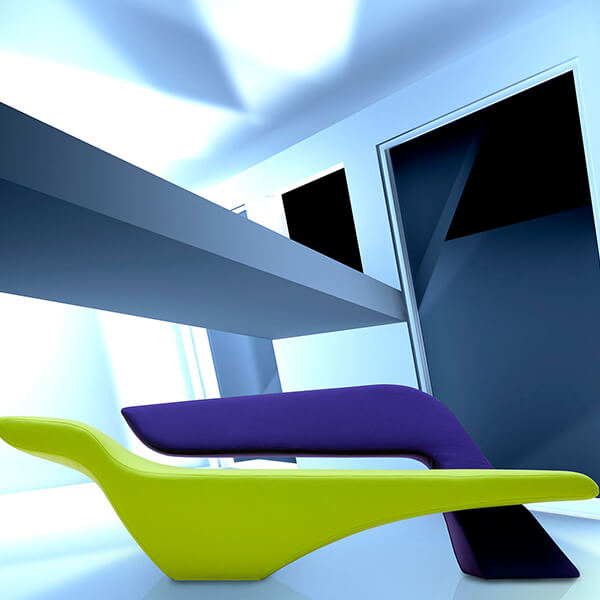
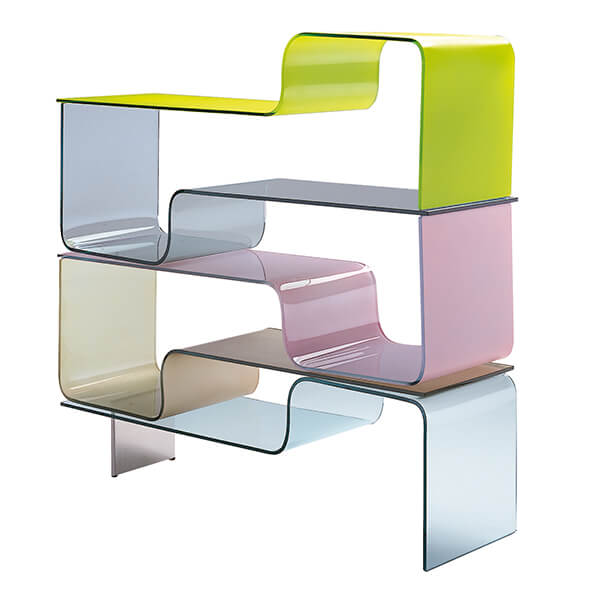
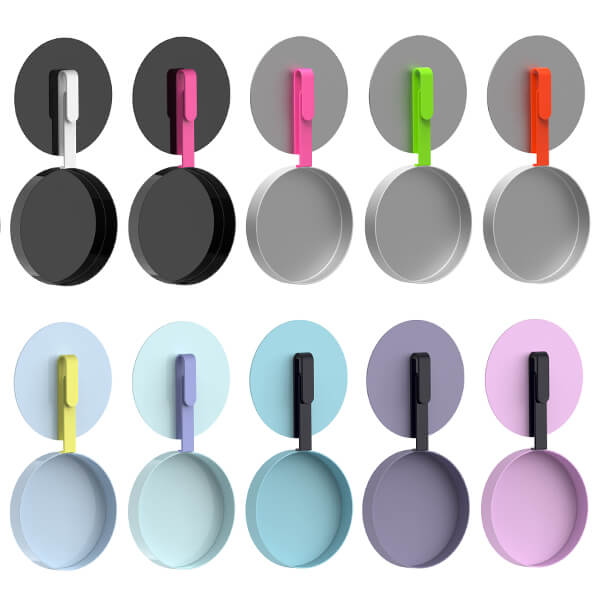
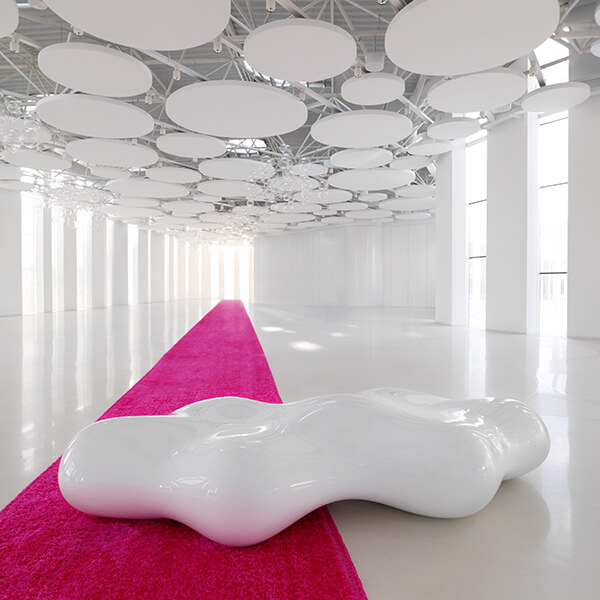
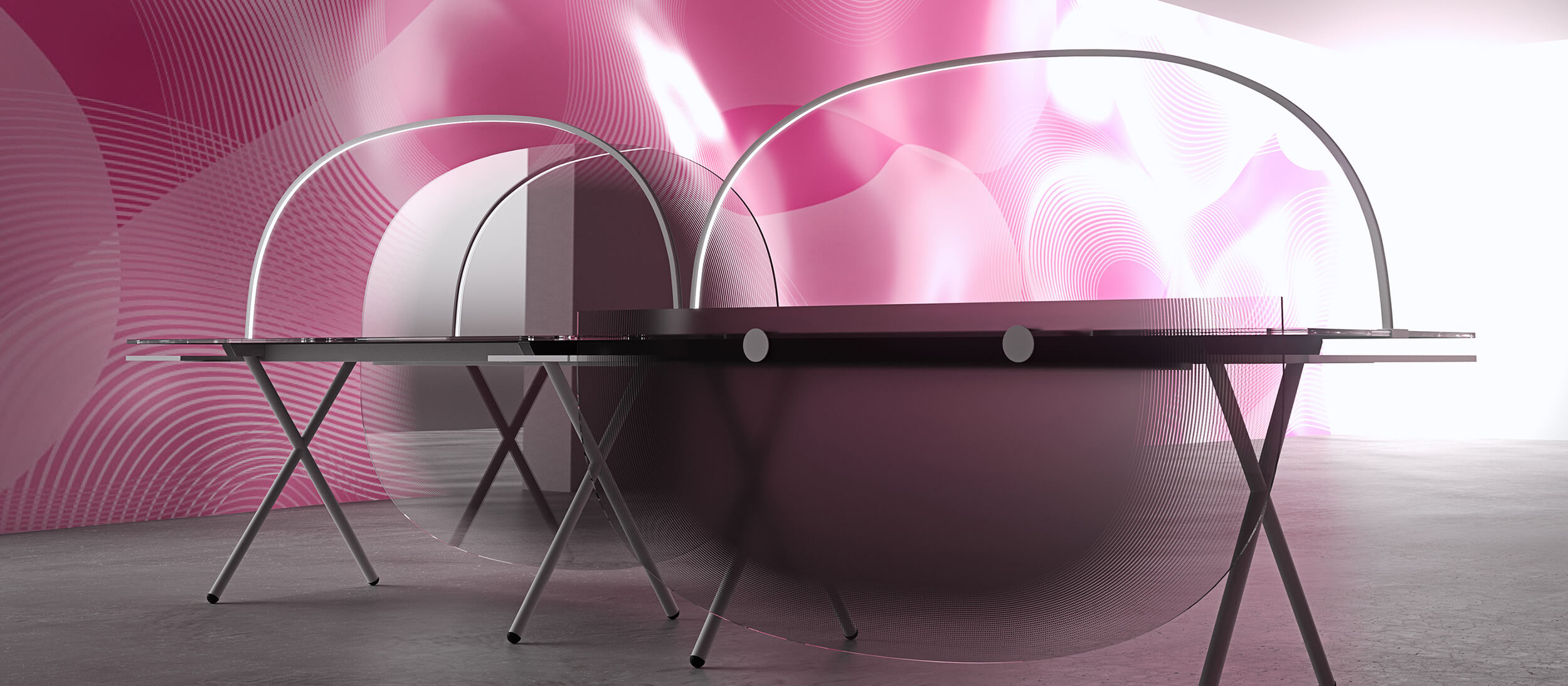
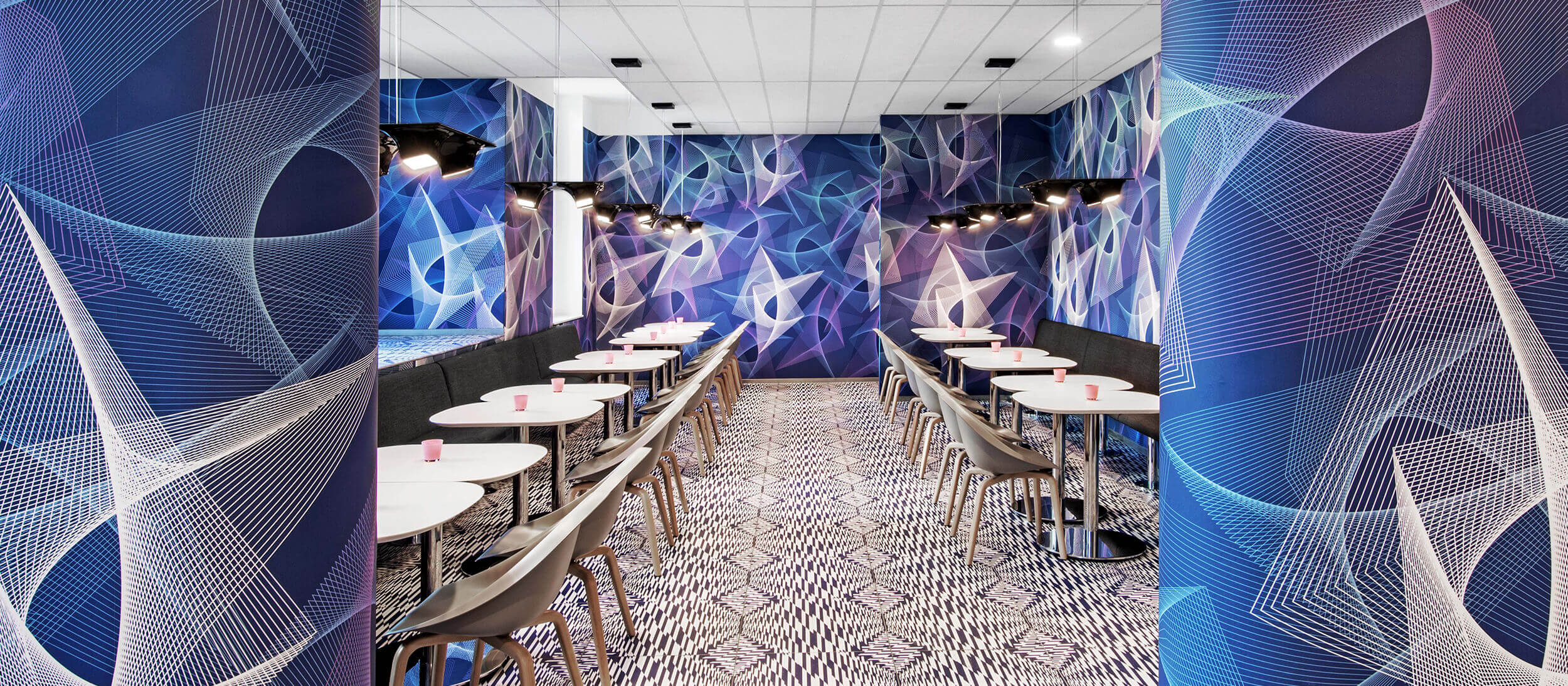 © BY PRIZE HOLDING GMBH DESIGN BY KARIM RASHID INC. & PHOTO BY ERIC LAIGNEL
© BY PRIZE HOLDING GMBH DESIGN BY KARIM RASHID INC. & PHOTO BY ERIC LAIGNEL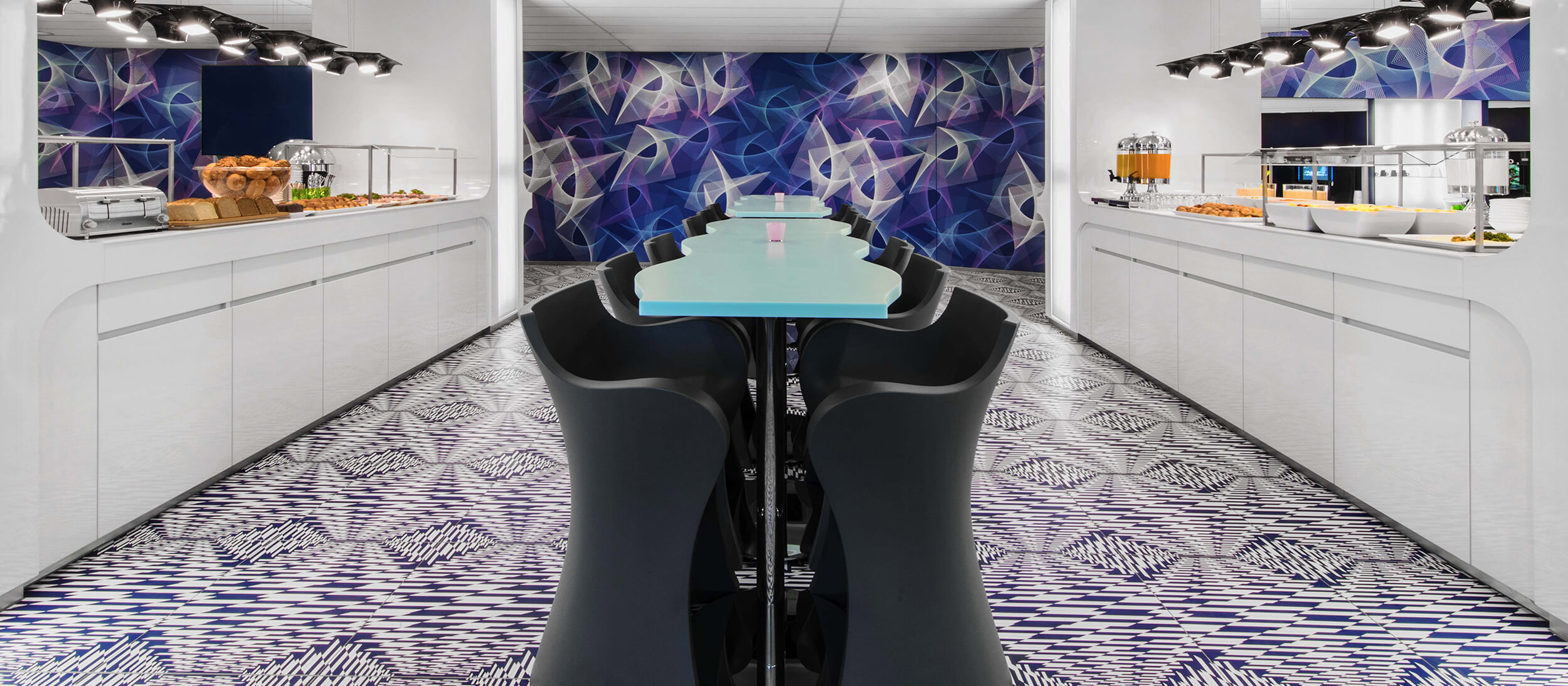 © BY PRIZE HOLDING GMBH DESIGN BY KARIM RASHID INC. & PHOTO BY ERIC LAIGNEL
© BY PRIZE HOLDING GMBH DESIGN BY KARIM RASHID INC. & PHOTO BY ERIC LAIGNEL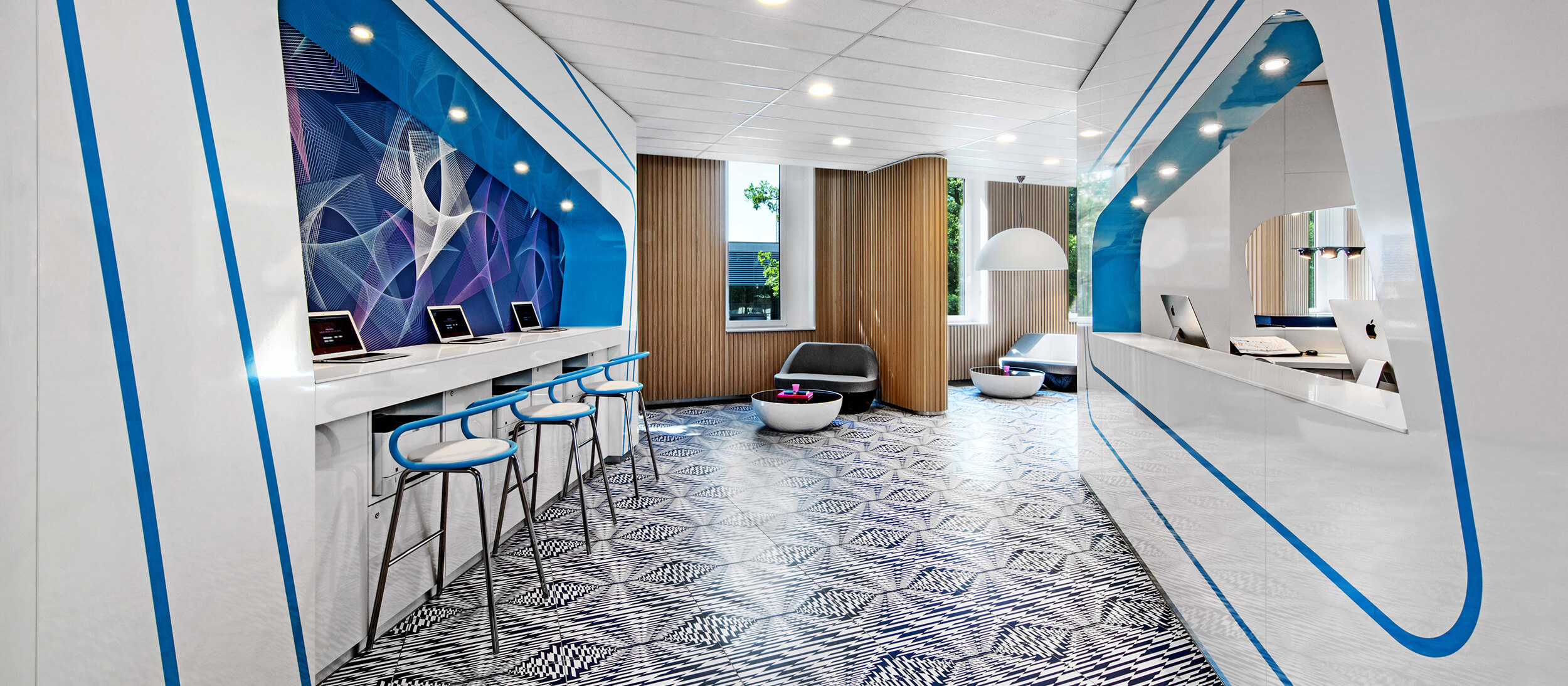 © BY PRIZE HOLDING GMBH DESIGN BY KARIM RASHID INC. & PHOTO BY ERIC LAIGNEL
© BY PRIZE HOLDING GMBH DESIGN BY KARIM RASHID INC. & PHOTO BY ERIC LAIGNEL